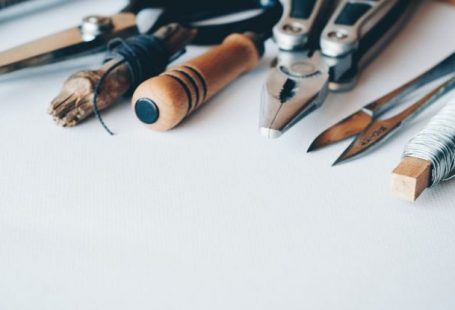Innovations in technology have brought about significant changes in various industries, and one of the most groundbreaking advancements in recent years is the advent of 3D printing. This cutting-edge technology has revolutionized the manufacturing sector in ways that were previously unimaginable. From rapid prototyping to mass customization, 3D printing has opened up a world of possibilities for manufacturers around the globe. Let’s delve into how 3D printing has transformed the manufacturing landscape.
Unparalleled Design Flexibility
One of the key advantages of 3D printing is its unparalleled design flexibility. Traditional manufacturing methods often have limitations when it comes to creating complex and intricate designs. With 3D printing, manufacturers can bring even the most intricate designs to life with ease. This level of design freedom allows for the creation of highly customized products that meet the specific needs and preferences of individual customers.
Rapid Prototyping
In the past, prototyping was a time-consuming and costly process that involved creating molds and tooling for each design iteration. 3D printing has streamlined the prototyping process by allowing manufacturers to quickly produce prototypes directly from digital models. This rapid prototyping capability not only accelerates the product development cycle but also enables manufacturers to test and iterate designs more efficiently. As a result, companies can bring new products to market faster and at a lower cost.
On-Demand Manufacturing
Traditional manufacturing processes often involve producing large quantities of products in anticipation of future demand. This can lead to excess inventory, high storage costs, and the risk of overproduction. 3D printing has enabled the shift towards on-demand manufacturing, where products are produced only when they are needed. This just-in-time production model reduces waste, minimizes inventory levels, and allows for greater flexibility in responding to changing market demands.
Complex Geometries
Another significant impact of 3D printing on manufacturing is its ability to produce complex geometries that would be challenging or impossible to achieve with traditional methods. Additive manufacturing processes allow for the creation of intricate shapes, internal structures, and organic forms that offer enhanced performance characteristics. This capability has opened up new design possibilities across a wide range of industries, from aerospace to healthcare.
Supply Chain Resilience
The COVID-19 pandemic highlighted the vulnerabilities of global supply chains and the importance of building resilience into manufacturing operations. 3D printing has emerged as a valuable tool for enhancing supply chain resilience by enabling localized production and reducing reliance on overseas suppliers. By decentralizing manufacturing and bringing production closer to the end consumer, companies can mitigate risks associated with disruptions in the supply chain.
Environmental Sustainability
In addition to its numerous operational benefits, 3D printing also offers environmental advantages that align with the growing emphasis on sustainability in manufacturing. Additive manufacturing processes generate less waste compared to traditional subtractive methods, where material is often wasted during machining. Furthermore, 3D printing allows for the use of recycled materials and the production of lightweight, optimized designs that consume fewer resources.
Empowering Innovation
3D printing has democratized innovation by lowering the barriers to entry for product development and manufacturing. Small businesses, startups, and individual creators now have access to advanced manufacturing technologies that were once reserved for large corporations with substantial resources. This democratization of technology has fostered a culture of innovation and entrepreneurship, driving creativity and pushing the boundaries of what is possible in manufacturing.
In conclusion, the impact of 3D printing on manufacturing has been nothing short of transformative. This technology has revolutionized the way products are designed, prototyped, and manufactured, providing manufacturers with unprecedented capabilities and opportunities for growth. As 3D printing continues to evolve and expand its applications, its potential to reshape the manufacturing industry remains limitless.





